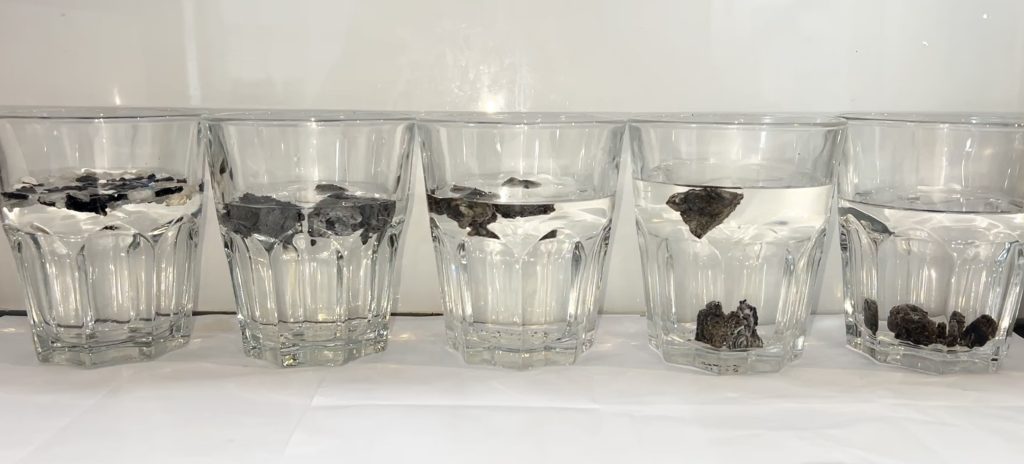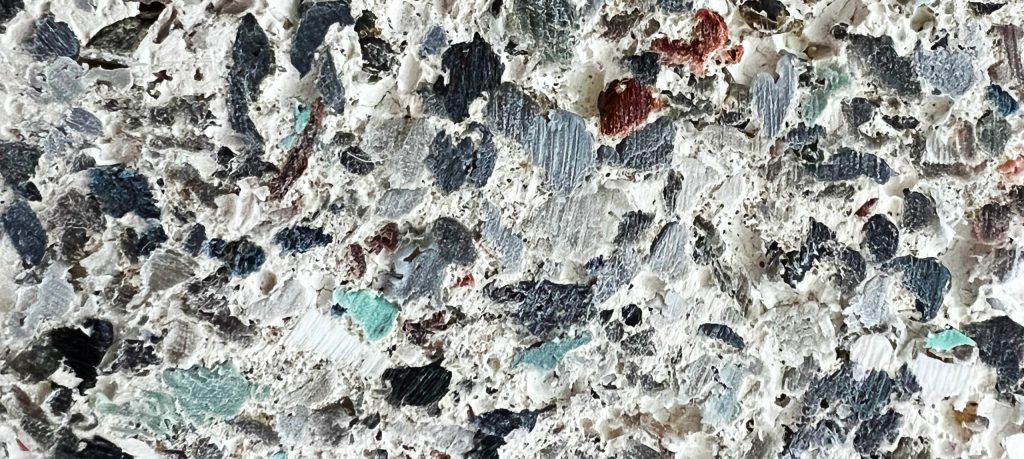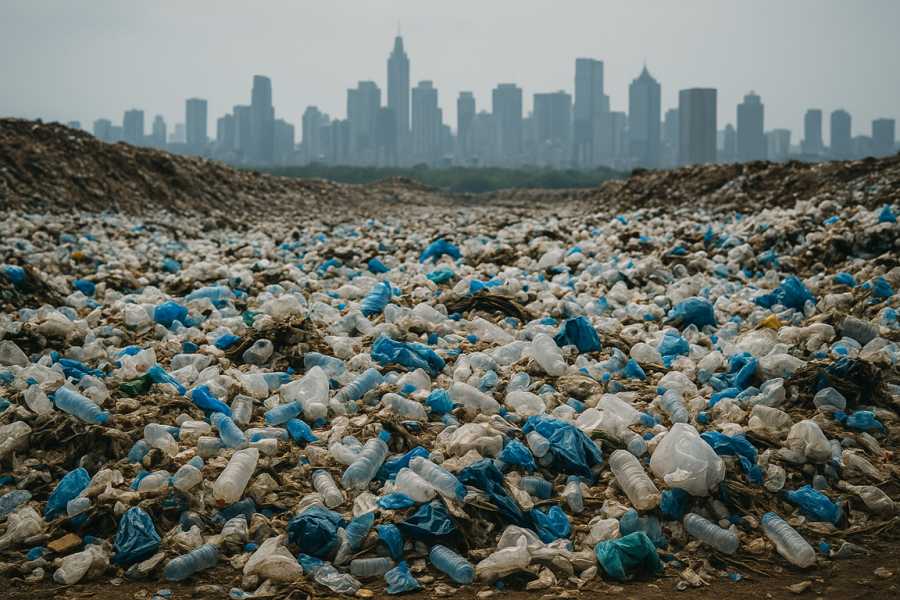The use of plastic waste in concrete isn’t a new concept. For decades, builders in different parts of the world, like East Africa and India, have experimented with incorporating waste plastics into concrete for low-cost housing and infrastructure – driven by necessity and limited access to traditional materials. But while the environmental appeal is obvious, widespread adoption in the developed world has been stunted by one major issue: poor product performance. The concrete produced up till now is lower in strength, durability, and would not comply with general building codes in the developed world, including New Zealand.
The underlying problem is basic chemistry – oil and water don’t mix. Plastic, derived from oil, is hydrophobic – it doesn’t bond well with water or cement paste. Its “non-porous, flexible nature” usually creates a weak interfacial zone in the concrete, leading to cracks during curing and reduced structural integrity over time. In effect, using untreated plastic as an aggregate often requires more cement to compensate for the loss of strength, ironically increasing the environmental impact rather than reducing it.

So why is SustainaCrete different?
SustainaCrete has flipped the script with a science-led, practical approach that has been in the making for over two decades. The founders began testing plastic aggregate blends in Auckland back in the late 1990s. After years of development, experience, and real-world feedback, they have built not just a novel compliant product – but a commercially scalable solution.
Here’s what makes SustainaCrete stand out:
– Proprietary plastic treatment: Most of the recycled plastic used in SustainaCrete isn’t raw or untreated. It undergoes a unique process that modifies its surface texture, creating micro-porosity that allows cement paste to form a mechanical bond at the microscopic level.
– Controlled flexibility: The product design and manufacturing process addresses the flexibility of plastic by adjusting the composition and processing technique. This reduces the risk of early-age cracking, a key issue in conventional plastic-concrete blends.
– Chemical activators: SustainaCrete uses targeted additives to improve bonding and optimise hydration, reducing the need for excessive cement – a major win for both strength and sustainability.
– Price parity with standard products: Perhaps most crucially, SustainaCrete doesn’t ask customers to pay a premium for sustainability. It delivers comparable strength and durability to standard concrete products at a competitive price point, making it commercially viable in the real world – not just in lab tests or pilot projects.
SustainaCrete isn’t just solving a materials challenge; it’s addressing a global waste crisis. By diverting unrecyclable plastic from landfills into long-lasting infrastructure, the company is creating a circular economy model that benefits both business and the environment.
With years of R&D, real-world testing, and a deep understanding of the concrete industry and market demand, SustainaCrete is proving that sustainability doesn’t have to mean compromise. It’s not just an idea whose time has come – it’s a business whose time is now.


